We’ve all heard of the tortoise and the hare story. Sometimes that story defies logic in motorsport. Surely the fastest car always wins?
Well, if the fastest car is also the most reliable then yes. But otherwise, you might as well be racing a milk float.
If the car is not going to last the duration of an event, then you can’t expect to be winning anything at all.
Of course, the car needs to be fast, but above all else, it needs to be able to stand up to the conditions it’s going to face and battle through without sacrificing an inch.
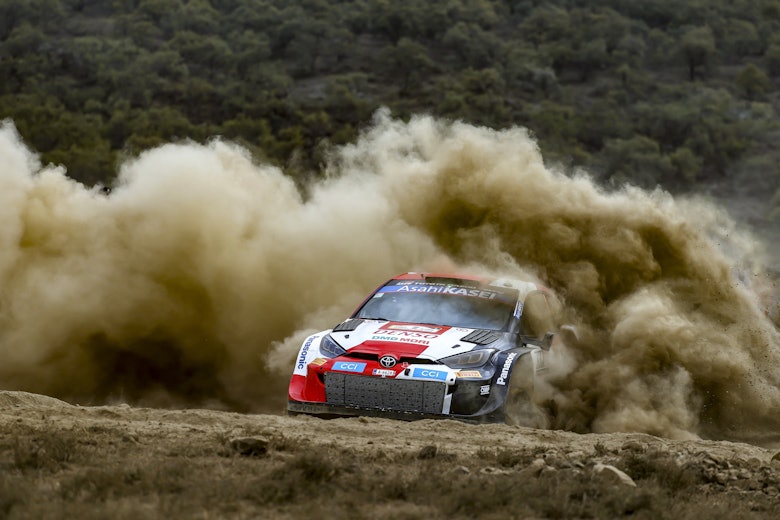
That’s exactly why Toyota put reliability to the forefront of its philosophy when it began working on this year’s Yaris GR Rally1 car, and as the results show, it’s been paying off.
“I think the thing that put us in a reasonable position is that since the beginning of the year, we’ve been reliability, reliability, reliability on every single topic,” Toyota technical director Tom Flower explained to DirtFish. “Almost to the point of sacrificing performance in terms of what we test.
“Some of the spec we’ve chosen for rallies, we’ve been like really conservative. Just on the basis that the car is so new.
“New meaning not the fact that it’s a new model to us, but new meaning Rally1 and all the extra topics we have onboard the car. There’s so many lines in the build spec and everything is a new part.”
This year’s Rally1 cars naturally required a total overhaul. It was a completely new challenge for all World Rally Championship teams to face.
So many things could go wrong, and that’s exactly why Toyota promoted reliability over performance.
In car development there’s always a question mark as to whether a team has taken the right development approach and design philosophy, but having dominated in Safari, it was the best evidence yet that Toyota has gone in the right direction.
“There are so few parts that were actually in the WRC car last year because of rule changes and because of spec changes and many things,” said Fowler.
“We’ve just been so concentrated on the reliability for all the rallies that have gone so far.
“I guess it’s put us in a place coming into Safari that we’ve concentrated on reliability so much that it’s put us in a good place for a rally like Safari. I think that’s probably the starting point.”
This is also a scary position for Toyota’s rivals to be in. Toyota is dominating the season and yet it’s not even pushing the envelope on the performance of its car.
Imagine what it’s going to be like when Toyota do start to push the button on performance. It’s going to happen at some point. And it has to, as Fowler explained.
“The thing with reliability is that basically it’s never nailed because you can have fundamental reliability in the design of all the components of the car,” he said.
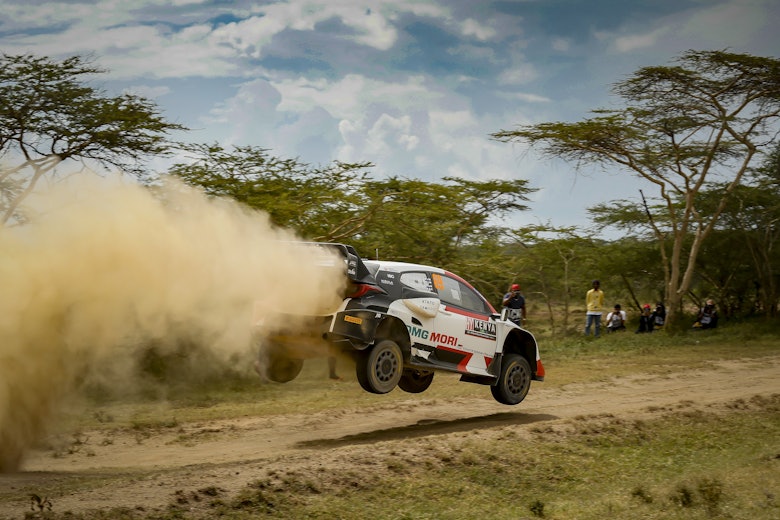
“It’s one topic. That’s one way of ensuring reliability but of course, that’s like some sort of dreamland that you never really achieve, that every single part in the car as homologated is 100% reliable.
“More realistic situation is that you make as many things as fundamentally reliable as possible and they last a really good chunk of kilometers in many different conditions without too much attention.
“But then you always have this group of components which have been homologated. There’s not much you can do with them unless you want to spend some portion of jokers or several jokers or something.
“You end up having to put into a condition that is in engineering terms known as monitor and you just have to follow those particular parts, or that particular system, very closely to make sure that it’s reliable within the bounds that you are using.
If you looked at the rally as a whole, the conditions were a nightmare to be honest.Tom Fowler
“It might mean you are doing less kilometers with it or it might mean asking less performance from it. It depends on the part really or the system, but this is the kind of thing which we have to do to keep the car running from service to service.
“And I think that’s probably another point for Safari, is that from service to service is really what we were concentrating on. Because if you looked at the rally as a whole, the conditions were a nightmare to be honest.
“This combination of effectively you had a road which was in places extremely rough, so would have the potential to smash the front of your car off and then shortly afterwards, you’d have several kilometers of very soft road, where the front you’ve just smashed off can suck in everything that’s on the floor.
“So these two things combined, the roughness and the soft surface and this fesh-fesh powder going into all the systems we have, I mean engine air intake is one, but radiators, intercoolers, hybrid cooling systems. All these things are all filling up with this dust and every time you break something on the car, you make a new hole for it to go in through.
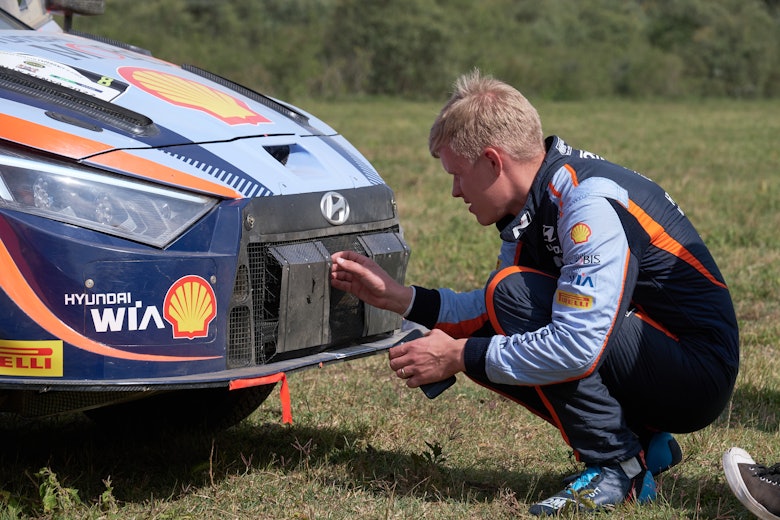
“The other thing I think we had to do during the rally is that even from a little bit watching the TV, it looked quite a relatively smooth rally for Toyota. But on the other hand, we did a hell of a lot of service and a hell of a lot of improvisation from service to service to make sure we got the cars out.”
And this is where the engineers at Toyota had to think on their feet. Stuck out in the Kenyan wilderness, it would not be possible to fly new parts in, or easily come up with solutions.
Of course, the team had spare parts with it, but it also needed different materials to create new parts since the conditions on the first loop of stages were different to what it was expecting.
It would have been so easy for the engineers to say ‘it’s not possible, we have nothing here to fix these issues’, but rather than giving up, they went in search for items, and were successful with what they found.
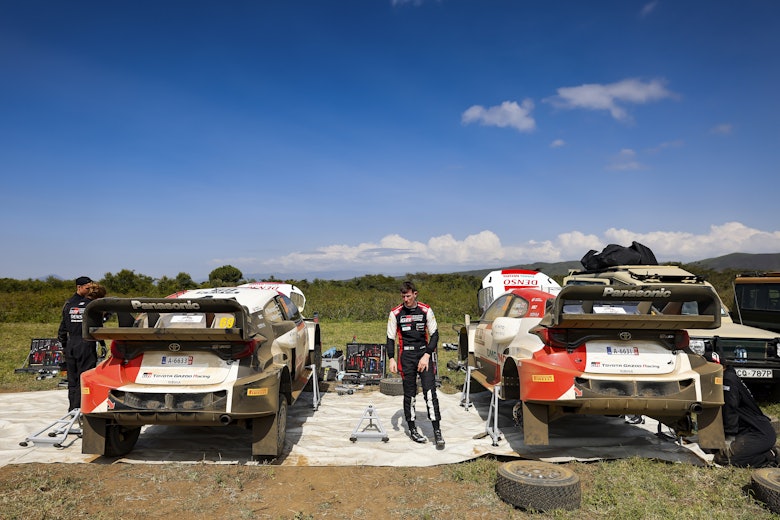
“We have a quite a lot of stuff to do this kind work, but there was some stuff we got locally as well.
“I think probably the most obvious one, which we saw in shakedown was our front bumper grill mesh arrangement.
“We were struggling to keep some of the rocks and bigger sticks and more bits of tree that you pass closely, were quite easily getting into our front bumper, which was a bit worrying from a cooling point of view obviously and a radiator point of view. And we didn’t really have any material to make this meshing stronger.
“So we managed to find that from a local store and our fabricator welded up some new front protections for the bumper on site and that was made from materials that we’d brought from around Kenya. This kind of stuff was done during the night, between shakedown and the rally starting.”
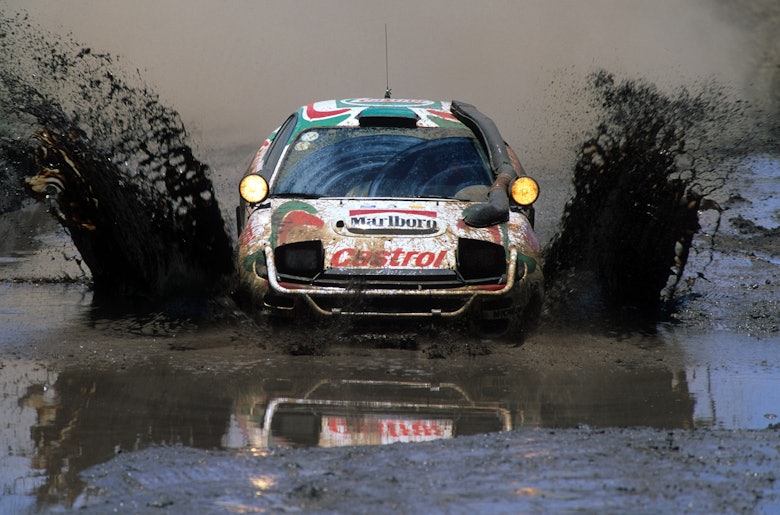
In the end, it all culminated in a 1-2-3-4 for Toyota in Safari. Of course, having the first four cars across the finish line is rare, but it underlines just how vital reliability is this season.
Being the tortoise might not always feel like it has its perks, but in 2022, this Toyota tortoise is flying.
The only question remaining is, how much faster will it fly when it attempts to become the hare?





